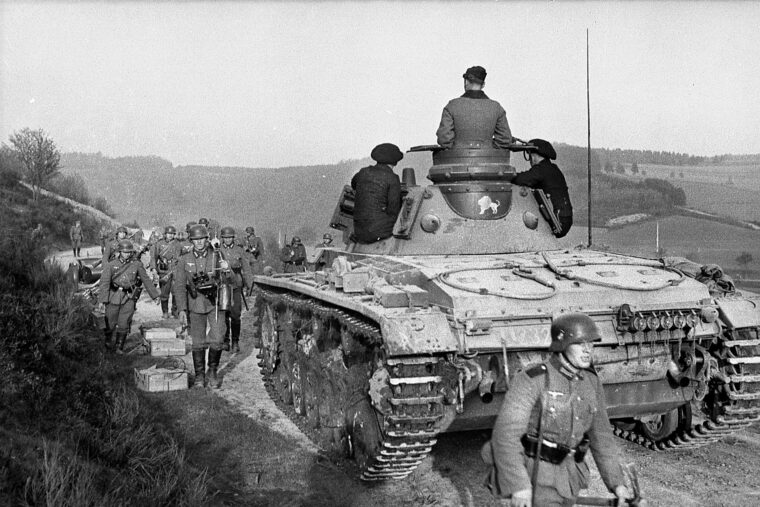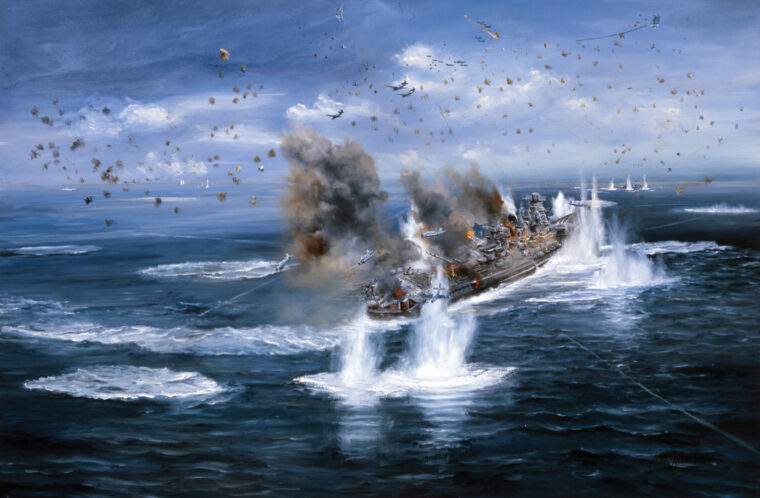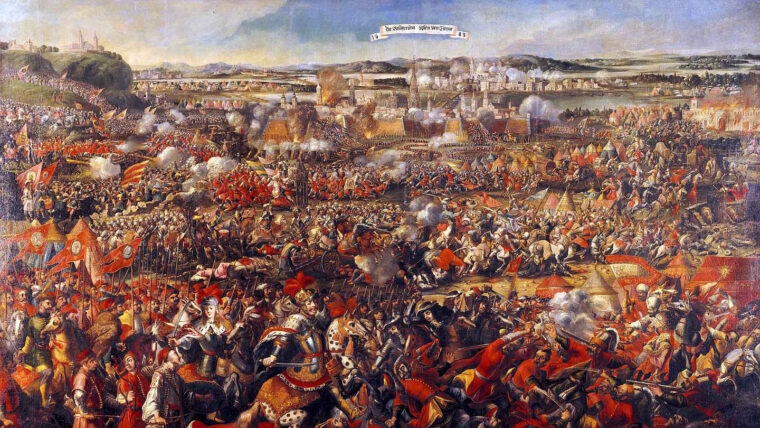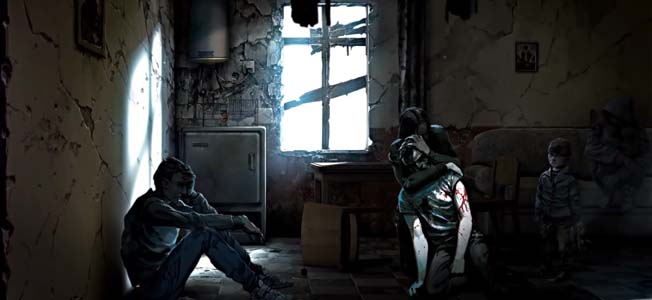
Medieval Bombards at the Siege of Constantinople.
The Ottoman army’s bombards played a key role in its successful conquest of Constantinople during the epic siege of 1453. In the 15th century the great powers of medieval Europe paid talented gunsmiths to build massive bombards to batter walls and shorten the length of sieges. Read more






















